Sailor Oyster Bar celebrates the spirit of the sailor. Specifically, the World War II sailor, with artwork and imagery of the "Greatest Generation,” such as the famous LIFE magazine photograph of the V-J Day kiss in Times Square.

Gibson Girl by Charles Dana Gibson via Wikimedia Commons
With their incredible signature cocktails and famous RAR Brewed Sailor Cream Ale, sooner or later you will inevitably visit their restroom. Upon entering you’ll find the other famous imagery from World War II: a wallpapered collection of the ladies that accompanied the men to battle.
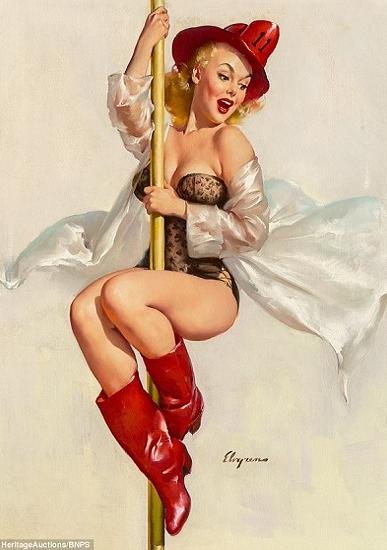

“Cheesecakes” or “Pin-ups” they’re called, and they could be found “pinned up” in every barrack, submarine, merchant ship, or fighter plane across the globe at the time. To boost morale and remind the boys what they were fighting for back home, pin-up girls became the icons of freedom and goodness in one of the world’s darkest moments.
Women Wear the Pants
The art of the pin-up was more than a century in the making. Few would guess the medium’s origins could be traced back to one particular invention in the 1800s: the bicycle. Women gained an independent means of transportation in the bicycle, and fashion moved away from long skirts and fussy dresses to accommodate free movement. Goodbye petticoats, hello bloomers!
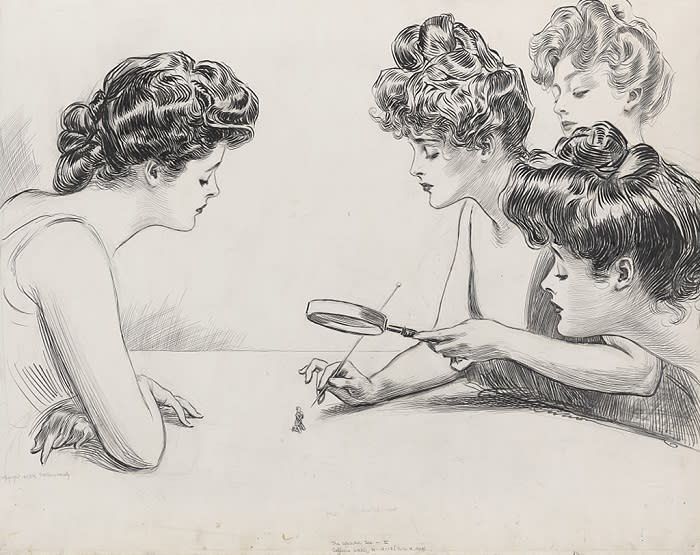
Gibson Girls Magnifying Glass by Charles Dana Gibson via Wikimedia Commons
Fast forward to LIFE magazine covers in the early 1900’s, Charles Dana Gibson’s carefree “Gibson Girl” was the definition of American beauty and femininity of the time. Beautiful women continued to drive the art of persuasion throughout the early 20th century, from World War I recruitment posters, advertising calendars, to Hollywood films. The Roaring 20s expanded female autonomy even further, and showing skin became more normalized.
Decade by decade, publications portrayed women as more emboldened and sexualized.
Pin-Up Glory Days
If you look closely, you’ll see one artist’s signature repeat throughout the pasted pin-up walls of Sailor Oyster Bar's bathroom: Vargas.
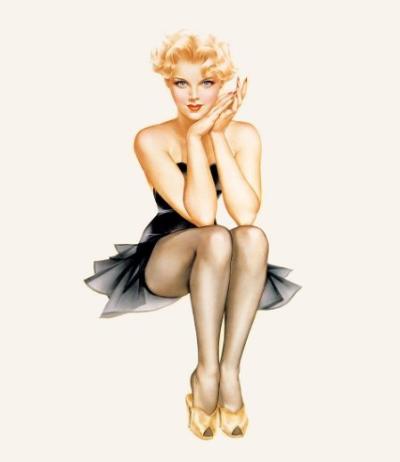

After Alberto Vargas’s first pin-up illustration was published in Esquire in 1940, readers couldn’t get enough and he became the signature artist for the next several years. Known for his depiction of scantily clad voluptuous models popping off a white background, he is arguably the most well-known artist of the pin-up craze.

Vargas via Pin Up Ark on Flickr
Vargas was born in Peru, the son of a world-renowned photographer, and landed in New York at a time of growing liberation for women. He was so taken by the culture he stayed in the U.S. and made a career from painting showgirls for Ziegfeld Follies and Hollywood advertisements until he began his residency at Esquire.
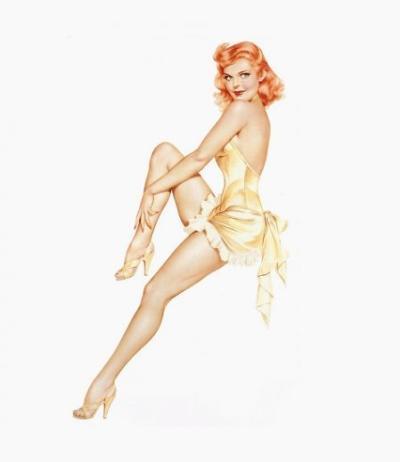
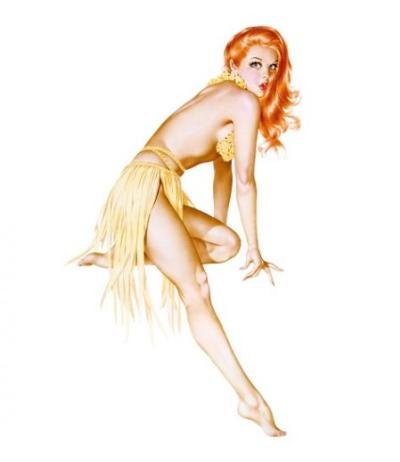
Other celebrated pin-up artists include Vargas’s predecessor at Esquire George Petty, Gil Elvgren, Art Frahm, Earl Moran, and female illustrators Zoe Mozert, Olivia De Berardinis, and Joyce Ballantyne. With the evolution in print technologies, GI’s could finally have the girls of their dreams at their fingertips and demand was high.
Dream-Girls Become Reality (sort of…)
Pin-up art saw its peak during the 1940’s but also laid the ground-work for how eroticism and women were portrayed from then on. Most notably influenced, a little-known publication called Playboy. Making its debut in 1953, Hugh Hefner applied the same aesthetic principles of pin-up art to his magazine, but pushed the bounds with the use of photography. Soon models like Bettie Page and Marilyn Monroe became sex symbols that took the medium to a new stratosphere.
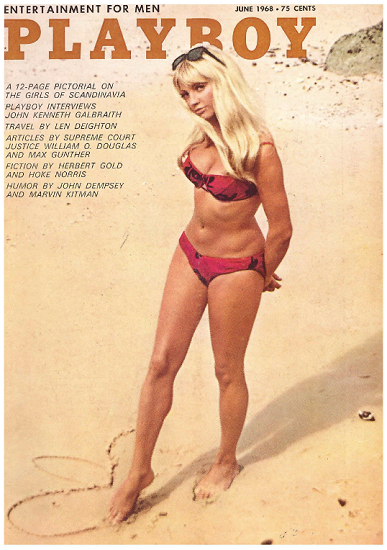
Playboy 1960s
Playboy also served as a new home for the “Vargas Girl” after Alberto’s contract came to a rocky end with Esquire in 1943. Vargas created a prolific body of work with Playboy from 1953 to 1974, but his career dwindled after losing his wife of 44 years, Anna Mae. Playboy Art Director and friend Reid Austin published a book of Vargas’s work in 1978, forever memorializing his profound impact on modern advertising and aesthetics.
With resurfacing pin-up art collections and epic coffee table books, a nostalgia and appreciation for this era in art history is coming to light. Although it seems so innocent and charming in retrospect, pin-up art revolutionized the way women’s sexuality was perceived in mainstream media.
So the next time you find yourself washing your hands in Sailor Oyster Bar's bathroom, take a peak at some of the girls that helped the boys win the war and impress your friends with a little art history lesson back at the table!
Images courtesy of Lindsay Bolin, @sailoroysterbar via Instagram, Wikimedia Commons,Pin Up Ark on Flickr, Heritage Auctions









